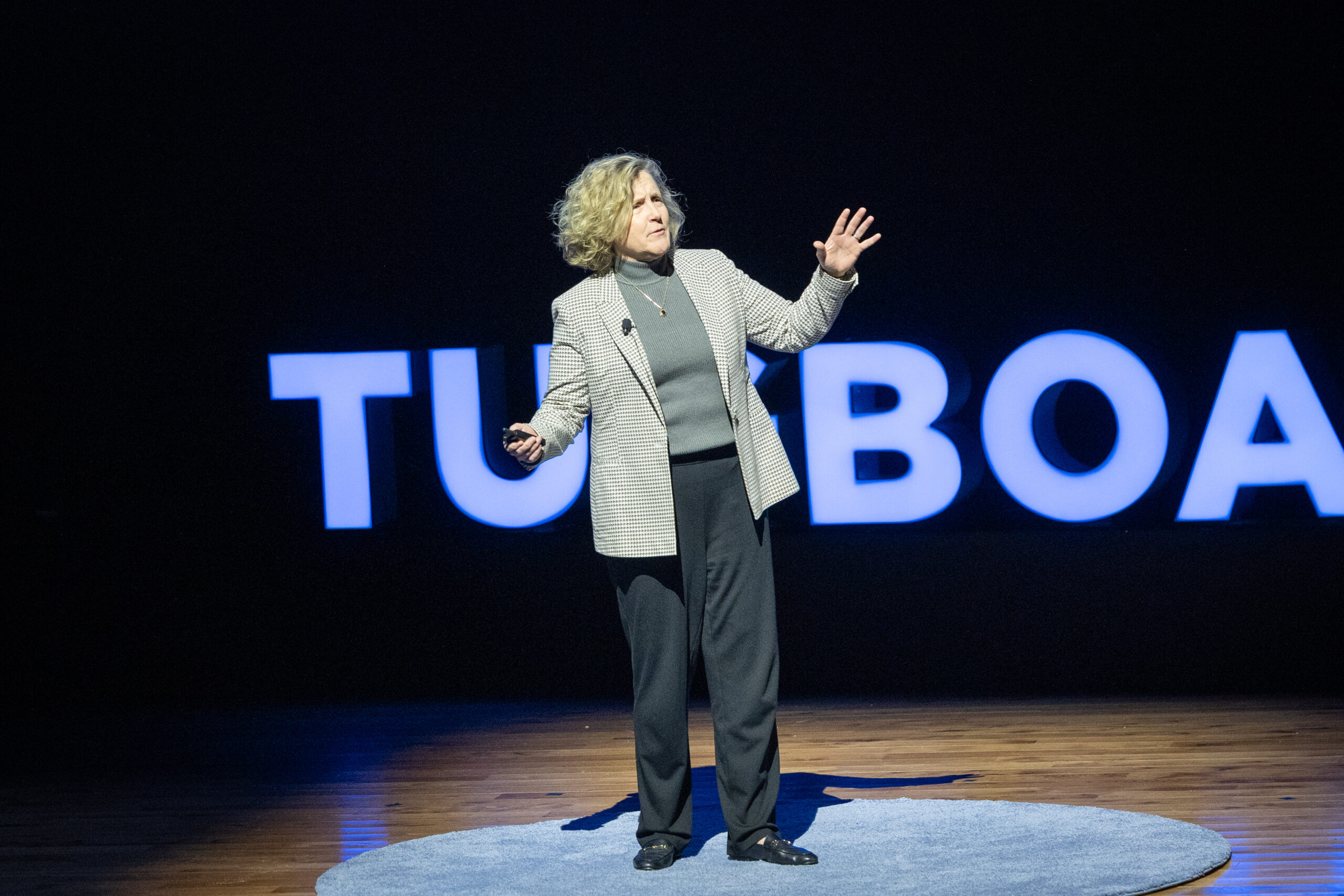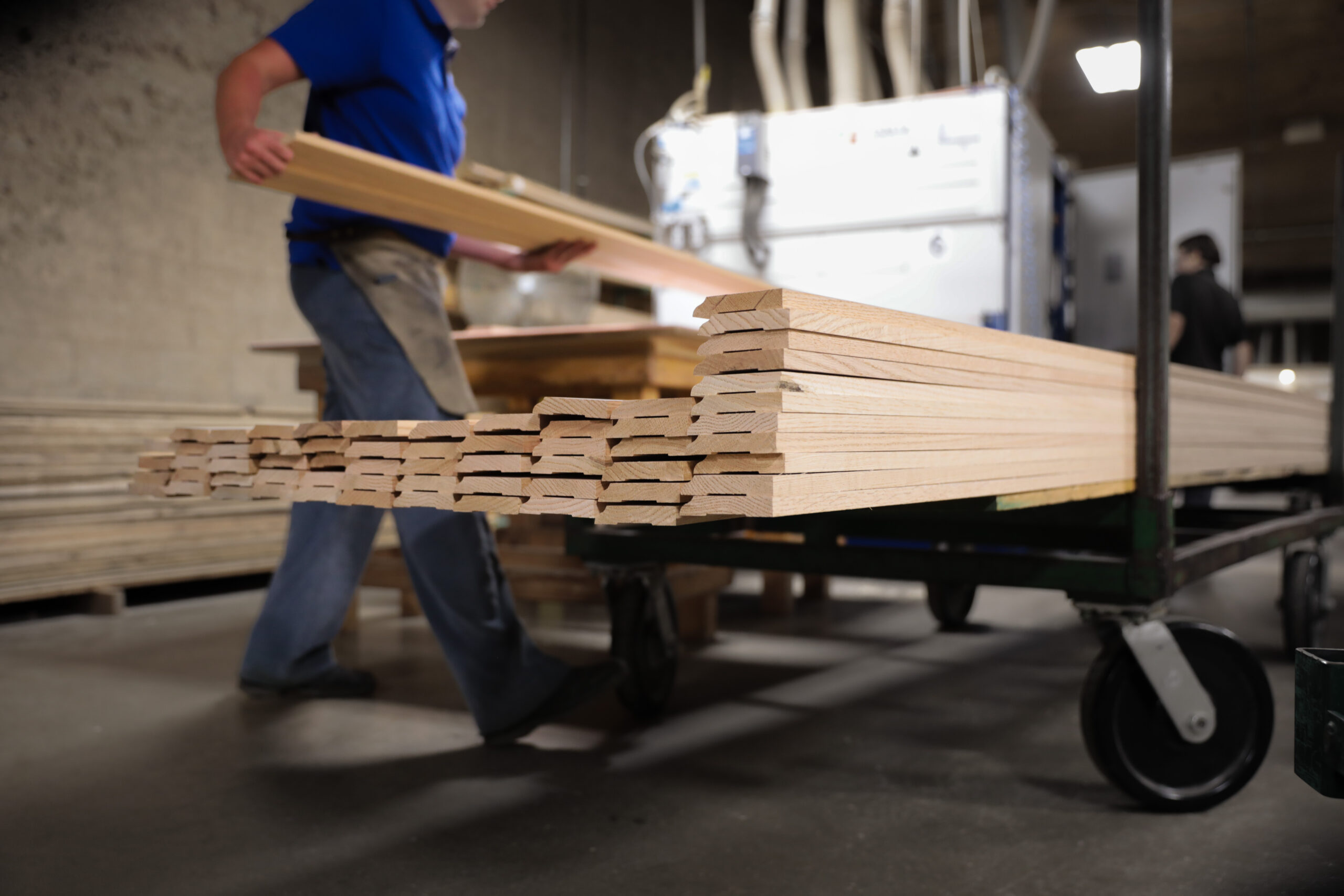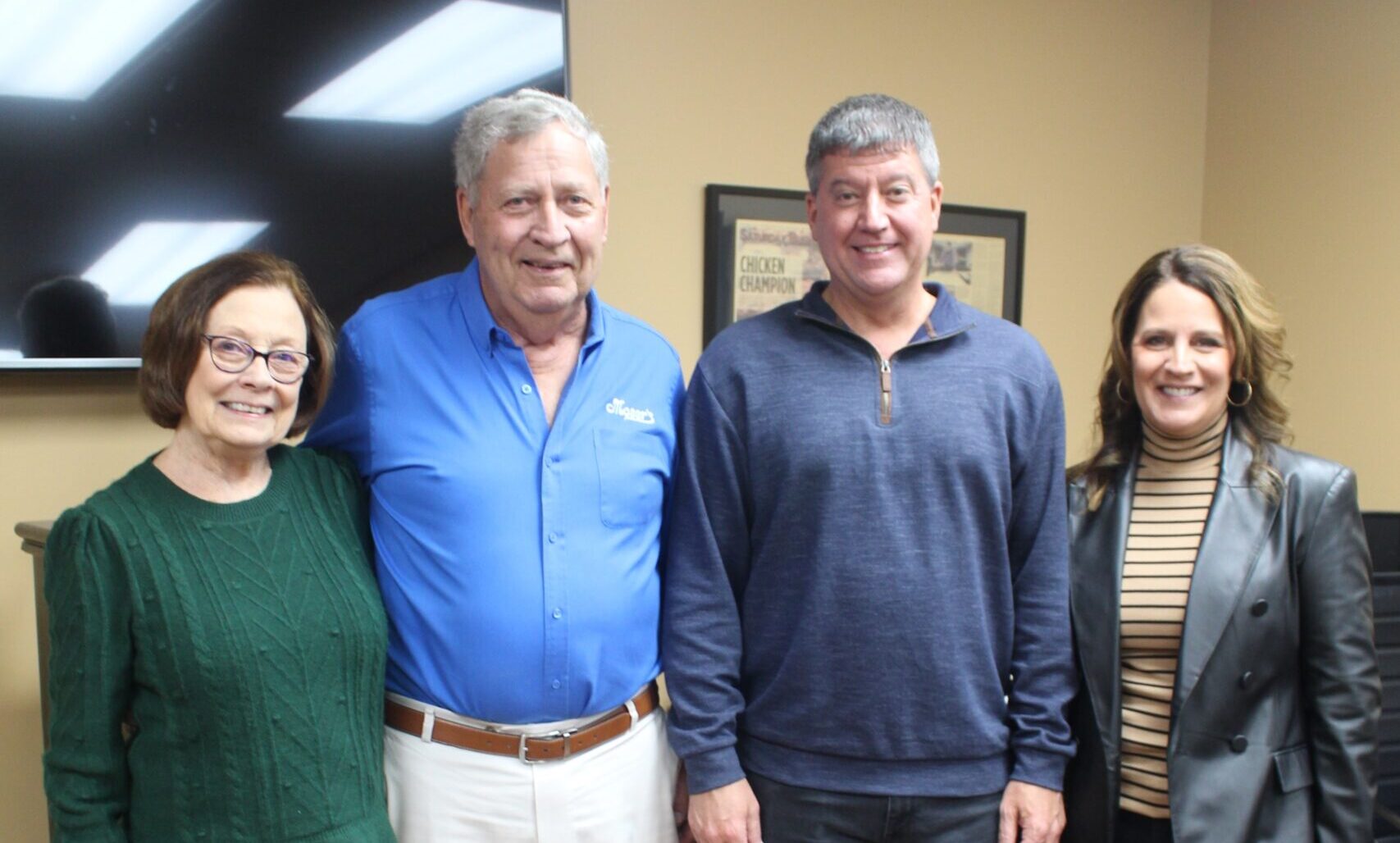

Getting Back to Built to Last
- Larry Hofstetter
- Schaeffer Manufacturing Company
Every leader carries a toolbox filled with tools they collect over time. I have been on my leadership journey for some time now and have filled my toolbox with the tools that work best for me. They include Stephen Covey’s Speed of Trust, a focus on communication and organizational effectiveness, the marriage of disciplined decision-making and objective critical thinking, Jim Collins’ Built to Last, and most recently, Tugboat Institute’s® framework of the Evergreen 7Ps®. And through my work with each of these tools, there is one more that I have developed myself, over time. I call it the Six Lanes of Logic.
I joined Schaeffer Manufacturing Company as President with the objective of ensuring that this 183-year-old company was in position to last another 180 years or more. My first step was to assess Schaeffer’s readiness to meet this objective. During my first four months, I embarked on a listening tour, and I assessed that trust throughout the organization was low. There was a lack of clarity of roles and no clear communication. As a result, organizational effectiveness and engagement were low. Employees did their jobs without a clear understanding of the larger purpose of the company and how they fit into it. Schaeffer was not in a ‘Built to Last’ position. Thanks to my toolbox, I had the tools to address these issues, so I set to work.
I used these tools to work several initiatives in parallel: re-establish trust, leaning heavily on The Speed of Trust, clarify roles, and re-open the channels of communication. My focus here is the use of the Six Lanes of Logic.
The Six Lanes of Logic is a tool I have had in my leadership toolbox for 20 years, tweaking it and adapting it as I go. It’s a disciplined process for problem solving and decision making. This tool would enable the work of re-establishing organizational effectiveness at Schaeffer, engaging employees across departments, improving our ability to think creatively, and setting a structure in place that would protect what needs to be preserved for the next 100 years, all while leaving space for innovation and growth. The process gathers a representation of all stakeholders involved in the issue at hand and, as a result, touches every aspect of the organization.
The First Lane is where we assemble a representative group of stakeholders to define and agree on what the problem or objective is, agree on key criteria that any solutions must have, and defend why this must be solved with 3-5 logical reasons. This part seems simple, but I find that most of the time, people walk around with a hammer looking for a nail to hit. In other words, they come into the conversation with a solution and are just looking for a problem to apply it to. So, in this first lane, all stakeholders agree what we are coming together to accomplish and get to the ‘how’ only after that is done. At this stage, importantly, we also identify who has decision rights.
In the Second Lane, the group brainstorms options that could achieve the stated objective, but with no critiquing to assure openness, inclusion, and creativity. We have identified the problem we are trying to solve – how might we fix it? With our team, we collect any ideas people want to share, and because we have a group of stakeholders, we have a variety of perspectives represented.
Once all options are identified, we move into the Third Lane. In this lane, we evaluate the options against the criteria we established in Lane One. We lean heavily on data here, because it’s necessary to making sound, solid decisions. There is no room for opinions in this lane.
In Lane Four, we select a path forward and finalize the decision, again as a group. Lane Five operationalizes the decision with metrics to track results. We build our team, our action plan, and our plan to measure the success of the initiative. We get to work.
Lastly, in Lane Six, we a look back at the results of the initiative and examine the process from start to finish. As a group, we aim to understand what we did well and what could be done better. I find this process is key to enabling a critically thinking organization and helps ensure that we learn and improve our processes as we go.
When I first present the Six Lanes of Logic to people, they think it will slow us down. In the early stages, it is indeed slower than processes they have used in the past. But like the Speed of Trust, taking the time to walk through the process carefully from the beginning to the end contributes to improved effectiveness overall. We are less likely to leave gaps in our process, we are more likely to imagine potential problems before they arise, and, best of all, because the process is so collaborative, we engage all stakeholders. When people are contributing ideas to solutions, they have a stake in the outcome and are much more engaged. Every aspect of the process is better.
My philosophy and belief are that organizational structure is the key to building a long-lasting Evergreen® company and the Six Lanes of Logic have helped us set a solid and enduring structure. The discipline behind my tactics at Schaeffer is something the stakeholders have had to work to learn, but now it is becoming automatic. Schaeffer is experiencing a significant increase in trust, it has rediscovered its clarity of purpose, and it is experiencing empowerment across the organization through critical thinking. It is no longer just my initiative; our whole team is now engaged and committed to ensuring that Schaeffer Manufacturing Company is Built to Last for at least another 180 years.
More Articles and Videos

Both/And Thinking: Harnessing the Positive Potential of Tensions
- Marianne Lewis
- Carl L. Linder College of Business, University of Cincinnati

Leading Through Uncertainty – Tugboat Institute® Summit 2025
- Jackie Hawkins
- Tugboat Institute

Get Evergreen insight and wisdom delivered to your inbox every week
By signing up, you understand and agree that we will store, process and manage your personal information according to our Privacy Policy




